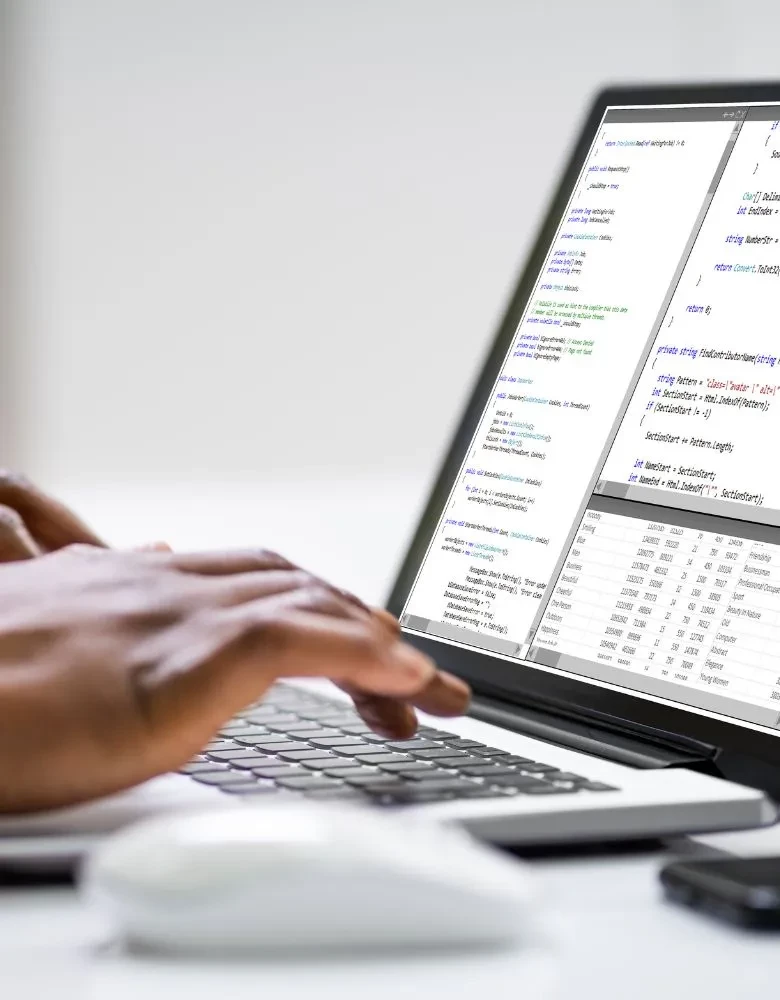In the United Arab Emirates, a single card gives you access to all services: healthcare, real estate, vehicles, and official documents.
It’s called the Emirates ID, and it’s a real-world example of what simplification truly means.
In this article, I analyze how it works, why it represents a virtuous model, and what lessons we can (and should) apply to our own context—both corporate and national.
One card, a thousand services: what the Emirates ID really is
When I arrived in the UAE, people told me about the Emirates ID as a kind of digital identity card.
I thought: okay, we have something similar too.
But I quickly realized this is an entirely different story.
The Emirates ID is not just a document.
It’s a unified access key to every personal service.
A unique identifier, recognized everywhere—by public and private entities alike.
You can use it to:
- Access your medical records
- Open a bank account
- Register or sell a vehicle
- Sign legally binding documents
- Purchase real estate
- Use government digital portals
And more.
Thanks to a centralized and secure data infrastructure, the ID becomes the core of every administrative process.
You never have to re-enter the same information.
The system already knows you.
And it works. Always.
The most striking thing? It’s not optional.
It’s the standard.
Want to live, work, or do business in the UAE?
You need an Emirates ID.
And instead of being a complication, this requirement becomes a huge competitive advantage.
Centralization and synchronization: the real data challenge
One of the reasons the Emirates ID works is because the entire system is designed to be centralized and synchronized.
Every piece of data has a single source of truth.
No redundancy. No scattered databases.
Everything is connected.
In the business digital world, this is every entrepreneur’s dream: a single, updated, cross-functional data source.
The reality? Very different.
Each software has its own database, each department has its own Excel file, and every system operates in parallel.
The result? Duplicate data, errors, delays, constant misalignment.
In the UAE, they’ve understood that technology alone isn’t enough.
You need governance. Architecture. A shared vision.
And most importantly, the courage to say: "This is the standard. Everyone must align."
In a corporate setting, this means one thing: integration.
Integrate systems, unify processes, build an ecosystem where information flows seamlessly and reliably.

Invisible user experience: simplicity you don’t see (but feel)
One of the most fascinating aspects of the Emirates ID is that you don’t notice you’re using it.
There are no complicated logins, no apps to reconfigure, no endless codes to input.
Everything is designed to be transparent and smooth.
As a user, you simply perceive it as “easy”.
But behind that simplicity are very deliberate strategic decisions.
In digital systems, real innovation doesn’t mean adding features.
It means removing complexity.
Creating an experience that is simple, linear, and intuitive.
Think about how often companies force clients or employees through complicated procedures, dysfunctional portals, or poorly designed apps.
All because no one truly designed the user experience.
The Emirates ID teaches us that truly effective technology is the kind that disappears.
That works in the background, without friction, adapting to human behavior—not the other way around.
From digital identity to business identity: a lesson for everyone
The Emirates ID is a technological tool.
But it’s also a cultural choice.
It means trusting digital.
It means accepting a deep transformation in the relationship between individual and system.
And it means valuing simplification as a driver of efficiency.
This also applies to businesses.
True digital transformation isn’t about installing a new software.
It’s about creating a coherent, fluid, interconnected organizational identity.
Where every piece of information has a place, a purpose, and secure access.
Too often, we operate in silos: ERP, CRM, customer portals, document areas… with no coherence between them.
Digitalization becomes a sum of tools—not an integrated vision.
The Emirates ID reminds us: it’s not about tools, it’s about mindset.
Who you are, what you want to be, how you want to communicate and operate.
It all starts there.
Simplification is a strategic choice: are you ready to make it?
Technology can be a powerful ally—or a maze.
It depends on how you design it, how much you believe in it, and how much responsibility you’re willing to take to make it truly useful.
The Emirates ID shows us that simplification is a deliberate choice.
A choice that requires investment, expertise, and courage.
The same applies to every organization, even the smallest.
Simplifying means reducing friction, saving time, creating real value for the people using your systems.
It means fewer emails, fewer phone calls, fewer mistakes.
But most of all—it means more trust.
Want your customers to feel guided, confident, and supported?
Start there.
Review your workflows, integrate your systems, listen to those using your tools.
And build a digital business identity that simplifies—rather than complicates.
You don’t have to start over.
You just need to choose the right starting point.
And then, stay the course.



